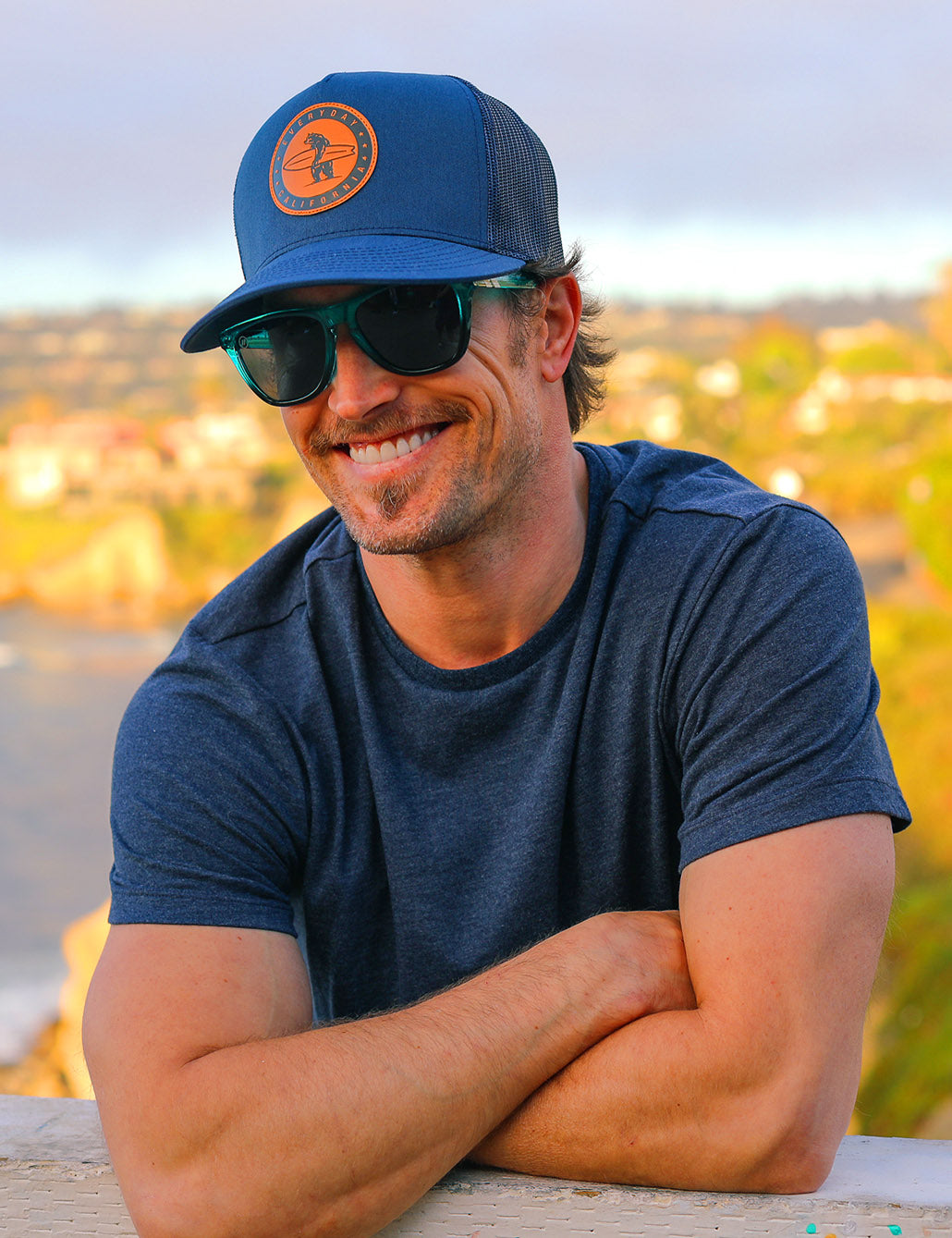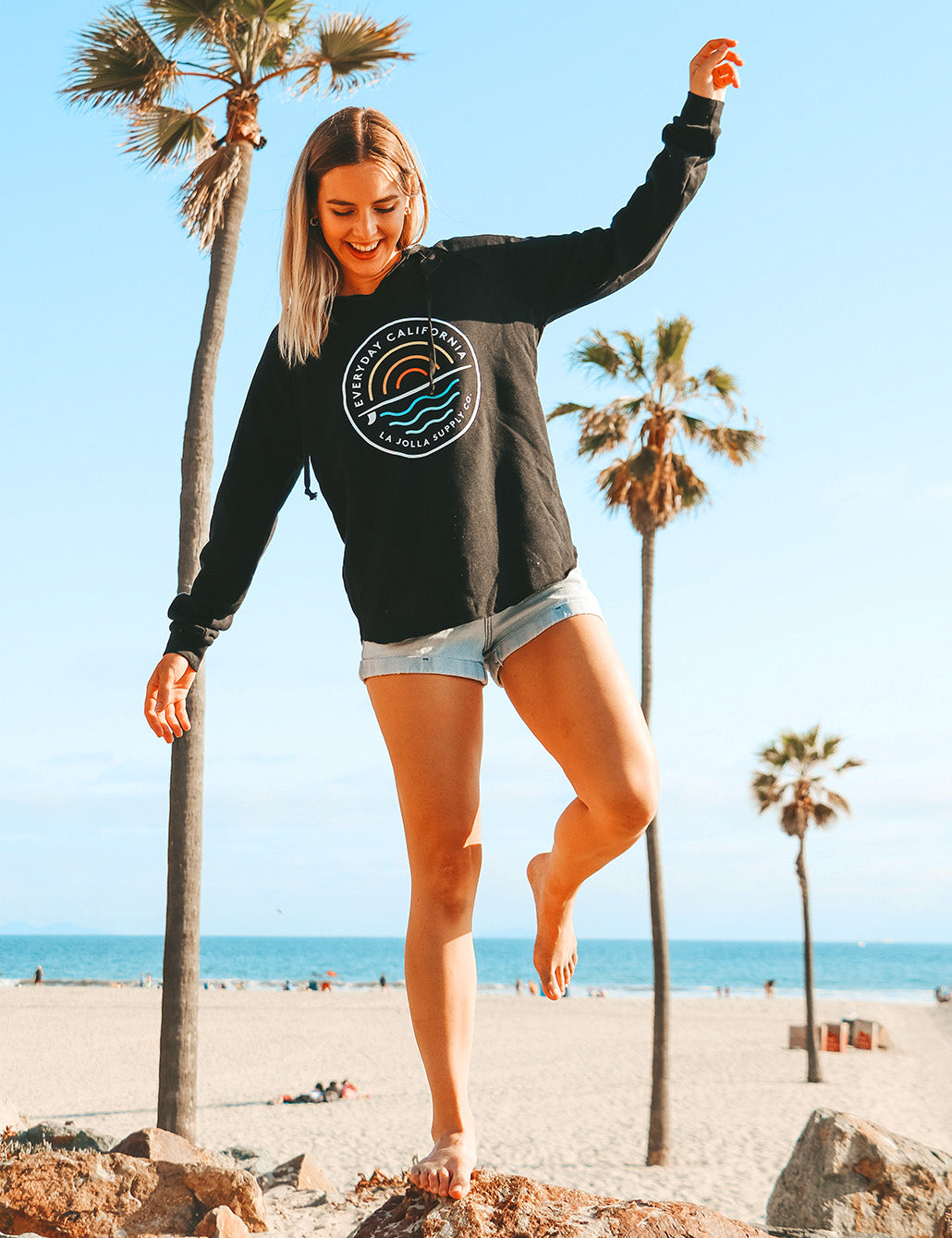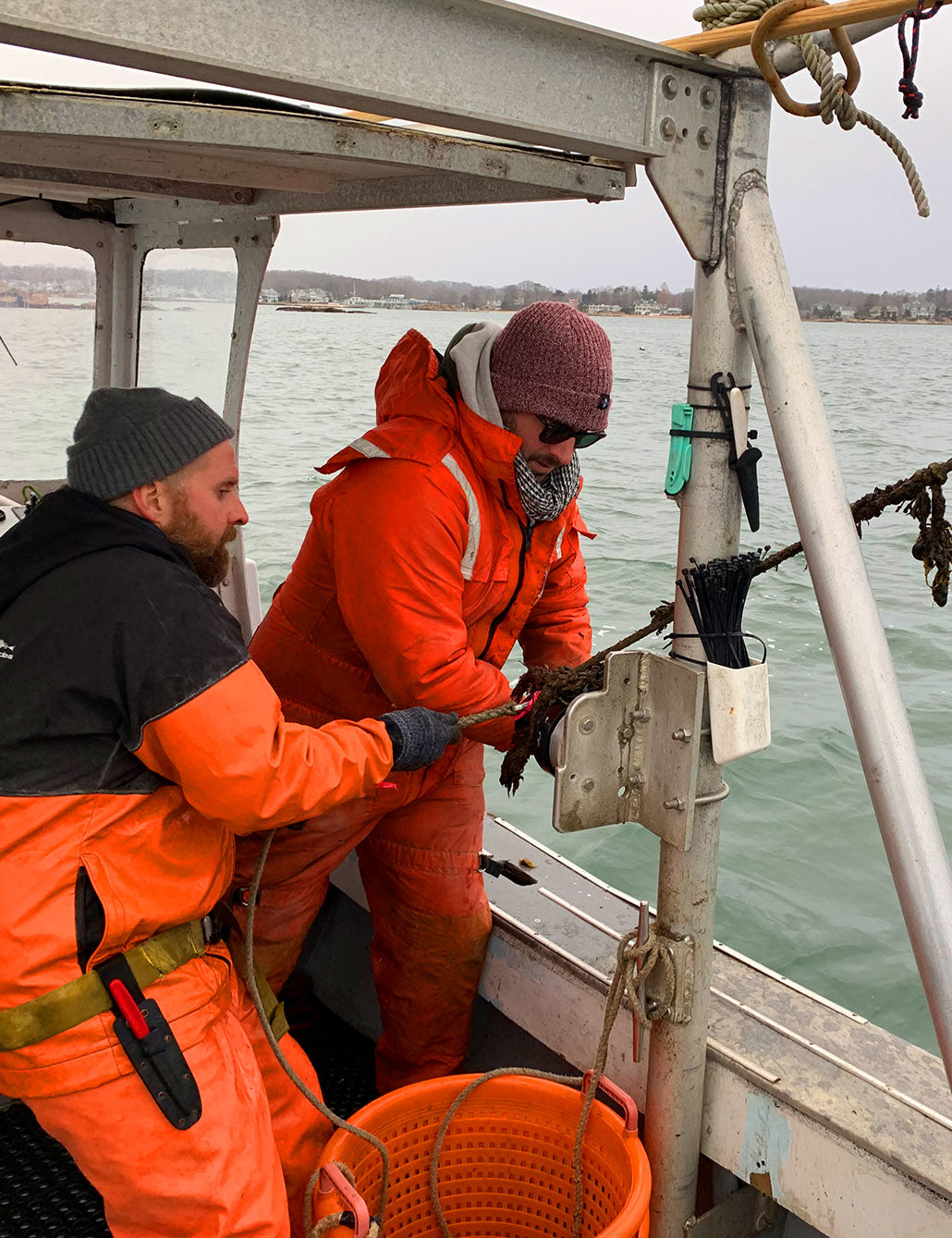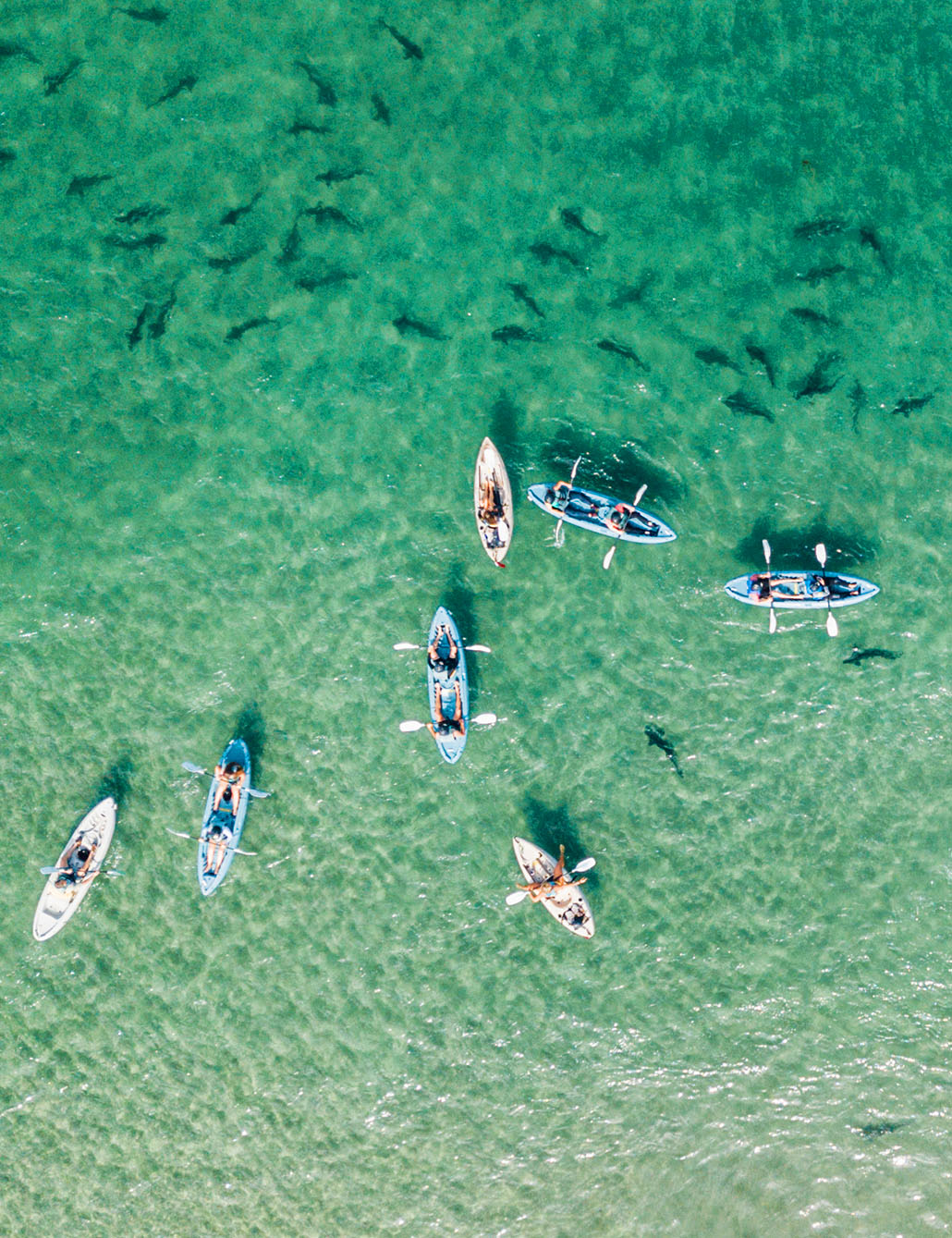We teach all campers, surf and SUP students about surf etiquette and ocean safety before heading out to catch some waves. In addition to that, instructors teach half and full day campers about surf lingo, history, the anatomy of a wave and surfboard, and more.
Ocean Safety & Surf Etiquette
Boundaries: We will establish clear north and south boundaries for our surf camps, both in the water and on the sand. We will teach students to recognize landmarks such as flags, tents, and lifeguard towers. While in the water students will not go deeper than the instructors.
Rip Currents: Rip currents are channels of fast-moving water that move from the shore towards the ocean. A person caught in a rip current can be pulled out into deeper water more quickly than they can swim. Rip currents can be identified by looking for breaks in the waves, and channels of cloudy, dirty, or foamy water. Because rip currents are narrow and move away from the shore, you can escape one by swimming parallel to the shore until you’re out of the current. If you cannot avoid the rip current, stay on your board, which can be a lifesaving flotation device.
Longshore Currents: Longshore currents are a flow of water along the beach, pushing north or south. It is important to keep watching the boundary markers to make sure you’re staying in a designated surfing area. If you move too far north or south, it’s best to exit the water and walk back to your starting location.
Stingrays: Rays are common in San Diego, and as the name implies, they are capable of delivering a painful sting. Stingrays sting exclusively for self-defense, usually when they’re surprised by a foot suddenly landing on them. To avoid stingrays, you can use the “stingray shuffle” when you walk in the water. Simply shuffle your feet through the sand, and the vibrations will warn stingrays of your presence, scaring them away.
Board control: Friends, instructors, other surfers, and swimmers will be in the water. Surfers must maintain an awareness of their surroundings to avoid hitting others or being hit by another surfer. Always try to keep control of your board. If you need to let go, make sure nobody is close enough to be hit by the board, and warn people if they’re in danger. Remember that an 8 foot board with an 8 foot leash will have a swinging radius of 16 feet.
Do not use leash to drag the board. This can damage the equipment and hurt your fingers. When you are entering the water, keep the board straight with the nose facing the ocean. If you carry the board parallel to shore, a wave could knock you over. At the end of the ride, step off the board. Don’t dive in, which can cause injuries in shallow water.
Paddling out: Never try to paddle out in front of a surfer on a wave. Whenever possible, try to position yourself so that you’ll be behind them, safe from their board. When you’re paddling out, try to paddle out towards the least crowded area possible.
Respect the right of way: The surfer closest to the peak of the wave has the right of way. If you’re not the closest to the peak, wait for your turn in the lineup. After you ride a wave, you’ll return to the end of the lineup. If a surfer is already on a wave, never try to ride the same wave. This is called “dropping in”, and is a cardinal sin of surfing.
ANATOMY OF A SURFBOARD
There are seven main types of surfboards: shortboards, longboards, fish boards, malibu/funboards, guns, tow-in boards, and stand-up paddleboards. They all share the same basic features.
Nose: The first 12 inches of the surfboard starting at the tip. The shape affects paddling and maneuverability.
Tail: The back of the surfboard, or the last 12 inches starting from the tail. The shape affects speed and maneuverability.
Rails: The rounded edges or sides of the surfboard.
Stringer: A thin wooden strip placed along the vertical axis of the surfboard, which increases its strength and reduces unwanted flexibility.
Deck: The flat top surface of the surfboard upon which the surfer stands. Surf wax is applied to this area.
Bottom: The area of the surfboard that touches and rests on the water while surfing.
Fins: The stabilizing devices fixed to the bottom of the board that serve as rudders, and prevent the board from sliding sideways, and help in drive, direction, and control. There are five setups: single fins, twin fins, thrusters, four fins, and five fins.
Leash Plug: A small cup placed on the deck of the surfboard with a metal bar that is used to attach the surf leash.
Length: The measurement in feet and inches from the nose to the tail of a surfboard
Width: the measurement inches from rail to rail of a surfboard at its wide point
Thickness: The measurement inches of a surfboard from deck to bottom at its thickest point. Thickness affects volume.
Volume: The amount of space a board occupies. Volume determines buoyancy.
Outline: The overall shape of a surfboard.
Foil: The deviation rate of a surfboard's thickness from the nose to the tail.
Rocker: The curve of the surfboard from nose to tail.
Concave: A contour on the bottom of the board to channel water.
ANATOMY OF A WAVE
Crest: The top of the wave. The crest is the highest point of the wave
Trough: The bottom of the wave. The trough is the lowest point of the wave, the opposite of the crest. The trough is often constant for waves traveling in the open ocean. When they're about to break, waves have deeper troughs.
Face: The front of a breaking wave. Surfers try to stay on the face of the wave, where the water is smooth.
Wavelength: The distance between two consecutive crests or troughs.
Wave height: In physics, the height of a wave is called the amplitude, which has a standard definition of the maximum displacement from an equilibrium point. When you’re talking about surfing, things get a bit more complicated.
The Bascom Method measures the distance between the crest and the average sea level. The Hawaiian Method measures waves from the back, which means an 8 foot wave measured with the Bascom Method might be a 4 foot wave with the Hawaiian Method. A third method is to measure the surfable face of the wave, which will give a height somewhere between the Bascom and Hawaiian methods.
Ground Swell: A ground swell starts thousands of miles away from the beach with a storm or earthquake. Ground swells are usually the best sources of waves for surfing.
Wind Swell: When local winds blow over the surface of the water near the shores, they create wind swell waves. These short period waves usually make for decreased quality of surf conditions and choppy waters.
Wave Train: A group of waves of equal or similar wavelengths traveling in the same direction.
Fetch: The distance traveled by wind across open water. They are often studied in order to understand the strength and direction of future swells.
SURF LINGO
A-frame: A wave with a peak in the middle. A-frame waves break on both sides, so two surfers can have the right of way.
Aggro: Aggressive.
Aerial: When the surfer launches off the wave, completely out of the water.
Bailing: Jumping off the board to save yourself from injury.
Barrel: The hollow inside of a curling wave. Every surfer wants to get barreled!
Bomb: Huge waves.
Carve: A sharp turn on the face of the wave.
Caught inside: When a surfer can’t get past the breaking waves.
Choppy: Inconsistent rough waves due to wind.
Closeout: When a wave breaks simultaneously all along its length.
Crest: The top of a wave. The crest is the wave’s highest point.
Curl: The breaking edge of the wave as it curls downward.
Cutback: A turn toward the breaking part of the wave. Surfers use cutbacks to stay in the pocket.
Snaking: Stealing a wave from another surfer by cutting ahead of them in the lineup.
Dropping in on Someone: When you try to catch a wave in front of a surfer who has the right of way.
Duck Diving: Pushing your surfboard down to dive below a wave.
Frontside: Surfing with your body facing the wave.
Glassy: When the conditions are so good that the waves are smooth like glass.
Grom: A young surfer. Grom is the shortened form of Grommet.
Inside: The space between the shore and the breaking waves. When the waves are too strong for a surfer’s paddling ability, they can be caught inside.
Kick out: Ending the ride by going over the top of the wave.
Line up: The area near the breaking waves where surfers wait for their turn.
Lip: The top of the wave that curls down.
Overhead: Waves that are higher than a surfer.
Party wave: A wave ridden by several people at the same time.
Pocket: The steep part of the face in front of the breaking wave. Surfers try to stay in the pocket for the most power.
Quiver: A surfboard collection.
Set: A series of waves, often in groups of 7 to 10. The period between sets is called a lull.
Shaka: A hand sign made by extending the thumb and pinky. The shaka is often used as a greeting between surfers.
Wipe out: Falling off your board. Even the best surfers wipe out!





